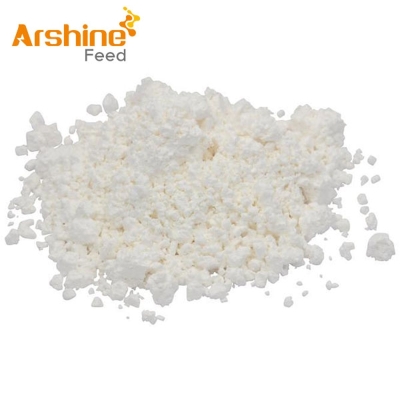-
Categories
-
Pharmaceutical Intermediates
-
Active Pharmaceutical Ingredients
-
Food Additives
- Industrial Coatings
- Agrochemicals
- Dyes and Pigments
- Surfactant
- Flavors and Fragrances
- Chemical Reagents
- Catalyst and Auxiliary
- Natural Products
- Inorganic Chemistry
-
Organic Chemistry
-
Biochemical Engineering
- Analytical Chemistry
- Cosmetic Ingredient
-
Pharmaceutical Intermediates
Promotion
ECHEMI Mall
Wholesale
Weekly Price
Exhibition
News
-
Trade Service
Hepatitis B virus (HBV) infection is endemic worldwide, with about 296 million people chronically infected with HBV reported worldwide, and about 1 million people dying each year from HBV-related diseases
Summary of traditional and new HBV markers: advantages and disadvantages
1.
HBV DNA quantitative detection is mainly used to assess the level of viral replication in HBV infected people, and is an important indicator
2.
Serum HBsAg can be produced by transcription from cccDNA to mRNA translation, or by transcription of HBV DNA sequences integrating the genome of a human host, with a positive HBsAg indicating HBV infection
HBsAg levels are the best marker for monitoring functional cure (HBsAg clearance), and in some clinical settings, HBsAg levels predict the likelihood of
3.
In the absence of viral load testing, HBeAg quantitative testing is an alternative to HBV DNA levels, and HBeAg clearance (usually accompanied by anti-HBe serologic transformation) is the endpoint
of current antiviral therapy.
However, the clinical application of HBeAg testing is ineffective
for HBeAg-negative chronic hepatitis B (CHB).
4.
HBV RNA
HBV RNA quantification is associated with the transcriptional activity of cccDNA in hepatocytes and is an indirect detection index
of cccDNA transcription.
But most assays cannot distinguish between HBsAg or HBx RNA derived from cccDNA or integrated HBV DNA
.
5.
Hepatitis B virus core-related antigen (HBcrAg)
HBcrAg is a complex marker containing hepatitis B virus core antigen (HBcAg), HBeAg, p22cr protein, associated with intracellular cccDNA transcriptional activity, can accurately distinguish HBeAg-negative infection and active CHB, cohort data show that HBcrAg can be hepatocellular
carcinoma (HCC) and/or cirrhosis risk of hepatocellular carcinoma (HCC) and/or cirrhosis in HBeAg-negative patients receiving antiviral therapy.
However, it requires highly specialized methods of detection and has limited
availability.
References:
1.
Infectious Diseases Branch of Chinese Medical Association, Liver Diseases Branch of Chinese Medical Association.
Guidelines for the prevention and treatment of chronic hepatitis B (2019 edition)[J].
Journal of Clinical Hepatobiliary Diseases, 2019, 35(12):2648-2669.
2.
Kramvis A, Chang KM, Dandri M, et al.
A roadmap for serum biomarkers for hepatitis B virus: current status and future outlook[J].
Nat Rev Gastroenterol Hepatol.
2022 Jul 20:1–19.
doi: 10.
1038/s41575-022-00649-z.







